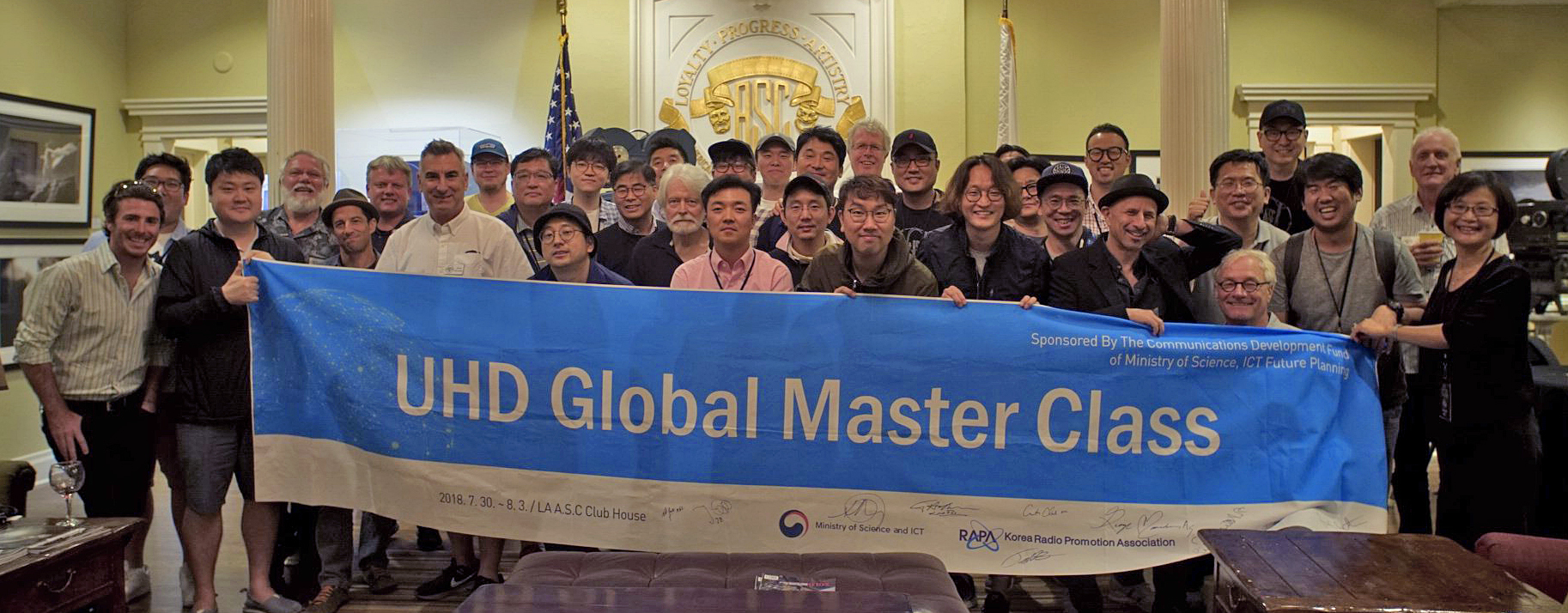
ASC Technology Master Class Session Wraps
Aimed at professional-level students, this education initiative focused on the science and unique practices of cinematography.
The American Society of Cinematographers recently completed a session of the ASC Technology Master Class, an initiative aimed at professional-level students. The program centered on the science and unique practices of digital image capture and control, and the curriculum was largely designed by Curtis Clark, ASC, chair of the ASC Motion Imaging Technology Council (MITC) and ASC vice president Bill Bennet.
“Originally requested by the Korean Radio Promotion Association [RAPA], we recognized the importance of structuring a Master Class around current technology issues,” said ASC president Kees van Oostrum. “It has inspired us to look at offering this class to a general audience as an important expansion of our educational endeavors.”
During the week of July 30 through August 3, 20 students from South Korea attended this series of custom-curated courses taught by ASC active and associate members at the Clubhouse in Hollywood and local production and postproduction facilities.
Courses were taught with the aid of English/Korean interpreters who are conversant in technology and production issues and elucidated critical information to the students.
In the session’s inaugural course, Clark — who holds an Academy Award for Technical Achievement along with associate member Joshua Pines, David Reisner, Lou Levinson and David Register — discussed his perspective as a filmmaker and how technology has helped inform his creative vision. Clark spoke on High Dynamic Range (HDR), Wide Color Gamut and the use of the Academy Color Encoding System (ACES), among other topics. Later, Pines shared with students how large-format cameras have less visible noise and therefore higher dynamic range.
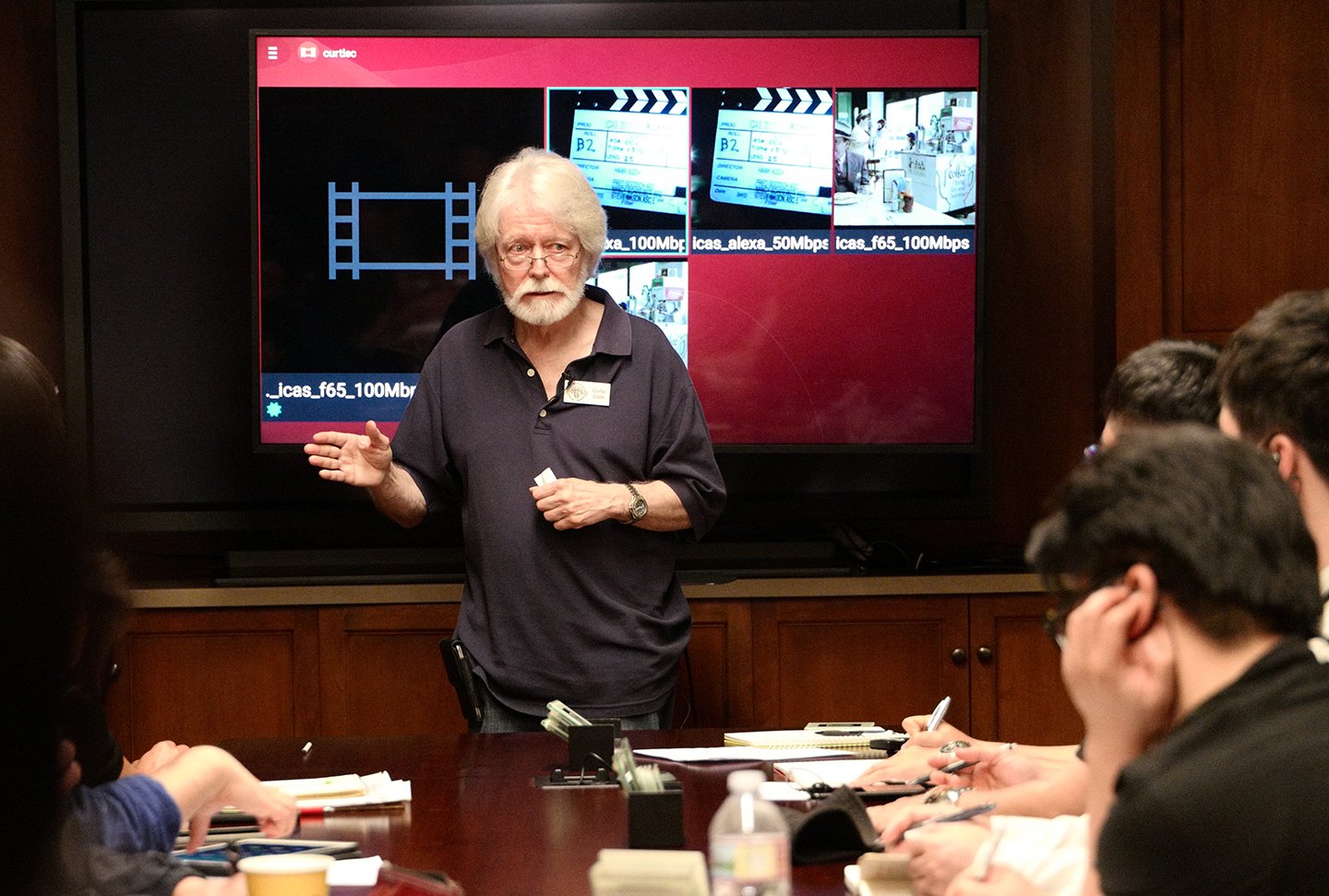
“Because we’re entering into an even more advanced form of digital imaging these days, it’s important for a cinematographer to have a basic understanding of that technology to make full, maximum use of the creative potential of this expanding canvas that’s being enabled by these new technologies,” Clark said. “There’s different components that are all converging together to create a new, more expanded canvas with which to be able to paint your pictures, tell your stories and to use for expressive, emotional impact. You get more into color, more tonalizations, a stronger contrast and a brighter image. It’s just a mixture of these different components that are important when you look at the possibilities of what is now happening in the technology development of the modern motion picture workflow, which also applies to television productions as well.”
The courses led by Clark and Pines were then accompanied by courses that were defined by practical implementation, which Clark called “the perfect complement” to the technology curriculum. “The other courses [explored] creative techniques — aesthetics, lighting, camera, scene construction and the practical, pragmatic filmmaking experience,” Clark said. “Whereas mine was dealing with the technology foundations that enabled all that… They’re synergistic.”
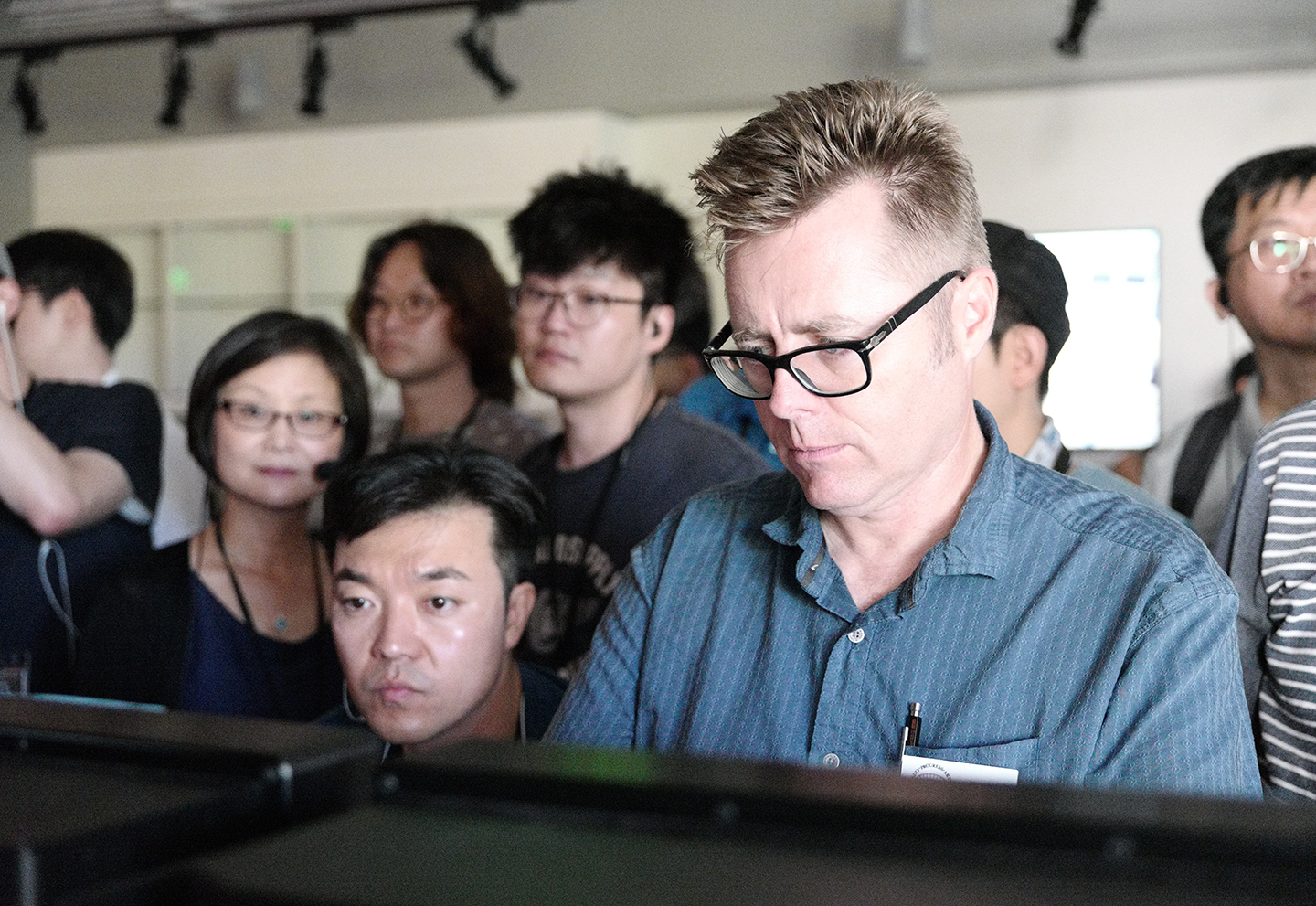
During his course conducted at the Canon Burbank facility, Patrick Cady, ASC had students shoot an exterior scene using a full-format camera and reference monitor to showcase both HDR and ACES. Using the scene as a visual example, Cady discussed the connection between the camera and monitor and demonstrated how the camera output is debayered in the monitor, which converts the output to an ACES file live on set.
Steven Fierberg, ASC took the students to Panavision, where he discussed his prep-to-post workflow. Students shot an interior set, and Fierberg highlighted the dramatic differences between lenses when using the same camera.
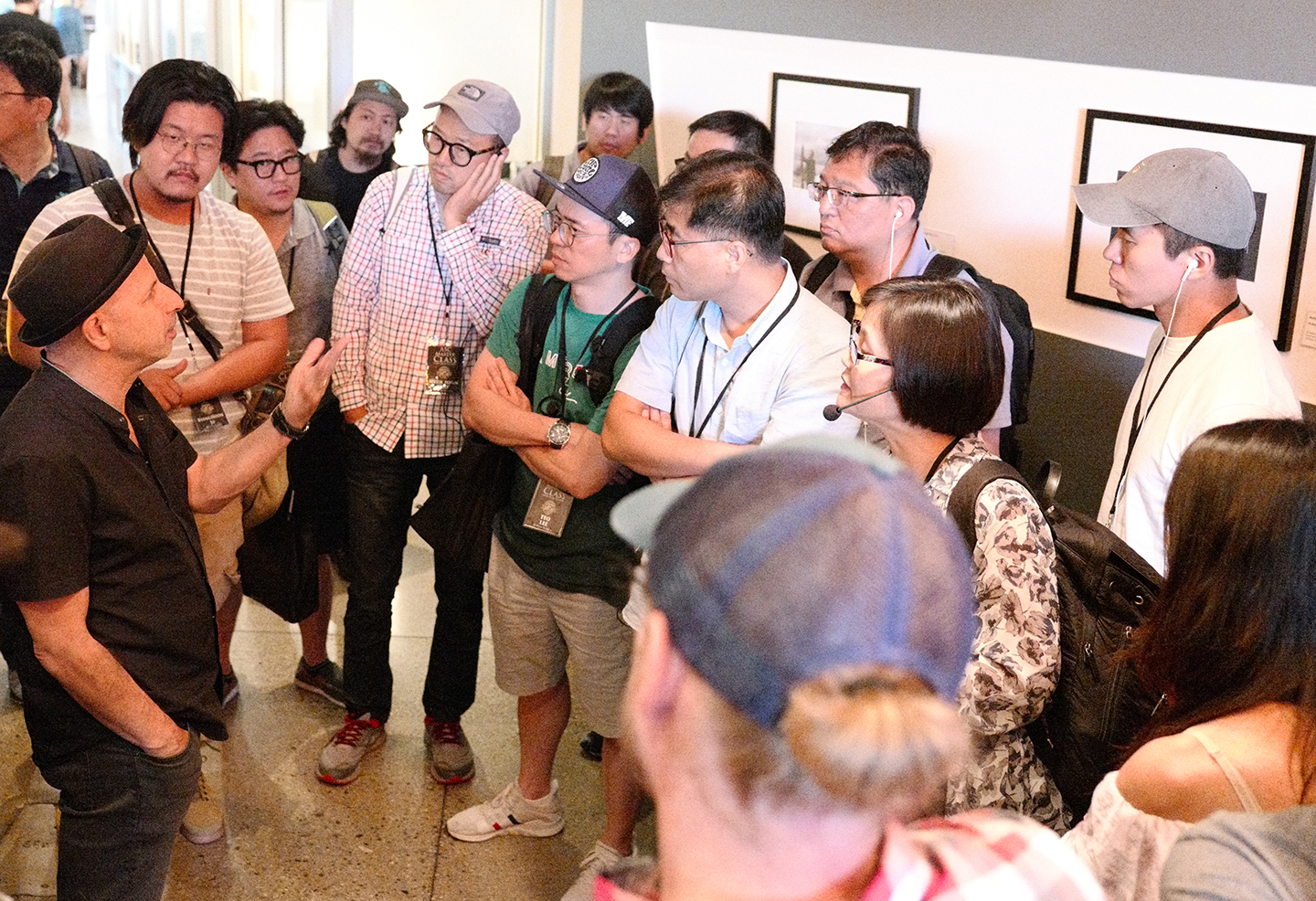
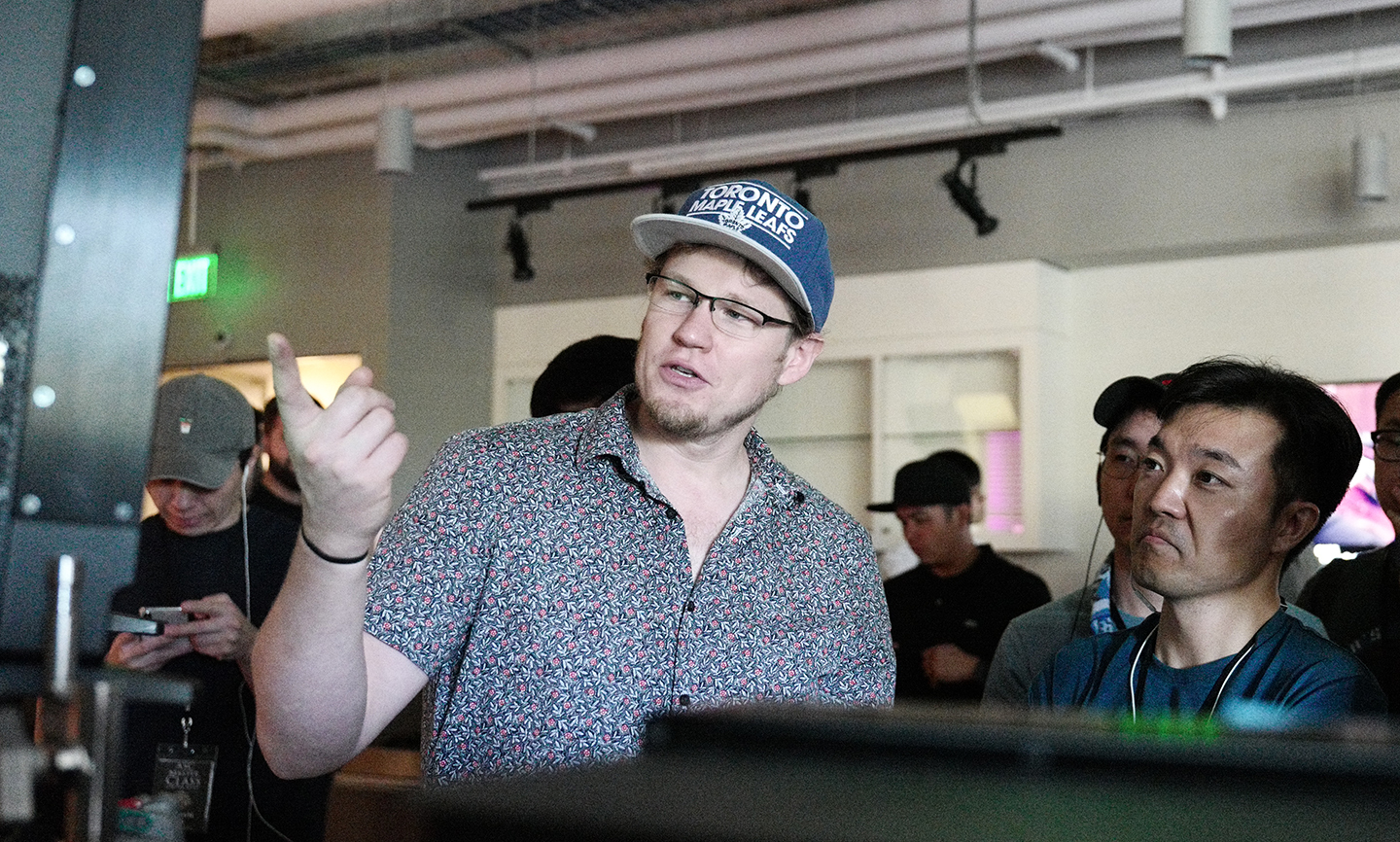
Robin Charters, who has served as a 3D camera systems engineer on features including Life of Pi, The Jungle Book and X-Men: Apocalypse and volunteered as part of the ASC Technology Master Class faculty, remarked that this lesson was especially astounding for students. “For a lot of cinematographers and students — especially foreign students — they don’t have access to all of the lenses that Panavision has to offer. And there’s a lot of history [at Panavision], so we had access to old lenses and new lenses. It was really cool to set all those up and work through three hours of doing the same shot, changing the lens, and doing the same shot again over about 12 lenses. That’s a really cool experience and very unique. That’s more lens testing than I do even when I work on a movie with a DP.”
In another demonstration, conducted at the Mole Stage, Jaron Presant, ASC showcased the textural and color temperature differences between LED and tungsten lighting in the same shot.
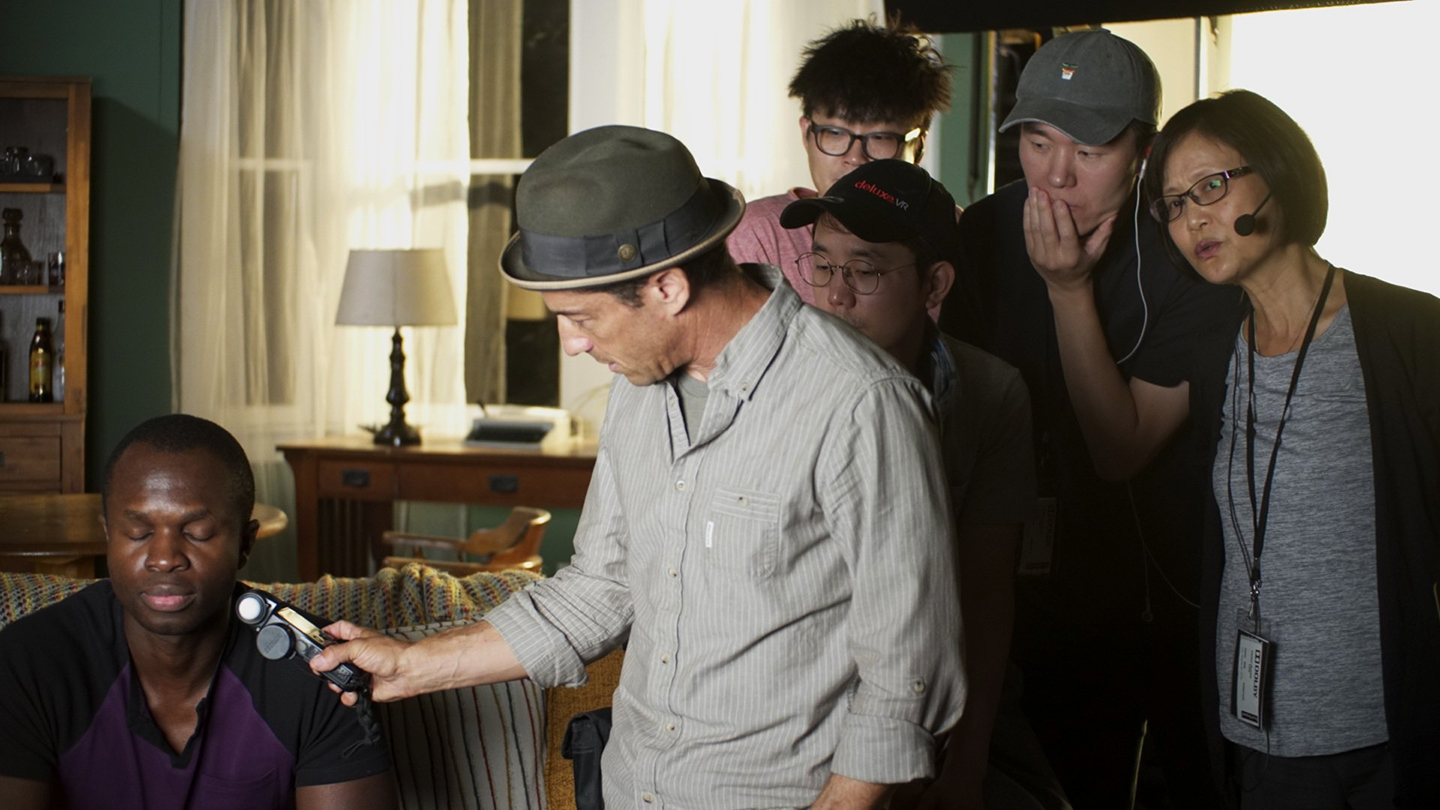
According to the Korean filmmakers, the Technology Master Class exceeded expectations, which was true for cinematographer ByongHoon Jo. “There are dozens of topics we touched on in this course,” he said, “but I think in the core of it, we were able to realize that we have to make choices with all of the technical development available and all of the options we have. We shouldn’t just let those choices be random. We should be conscious of what we’re doing.”
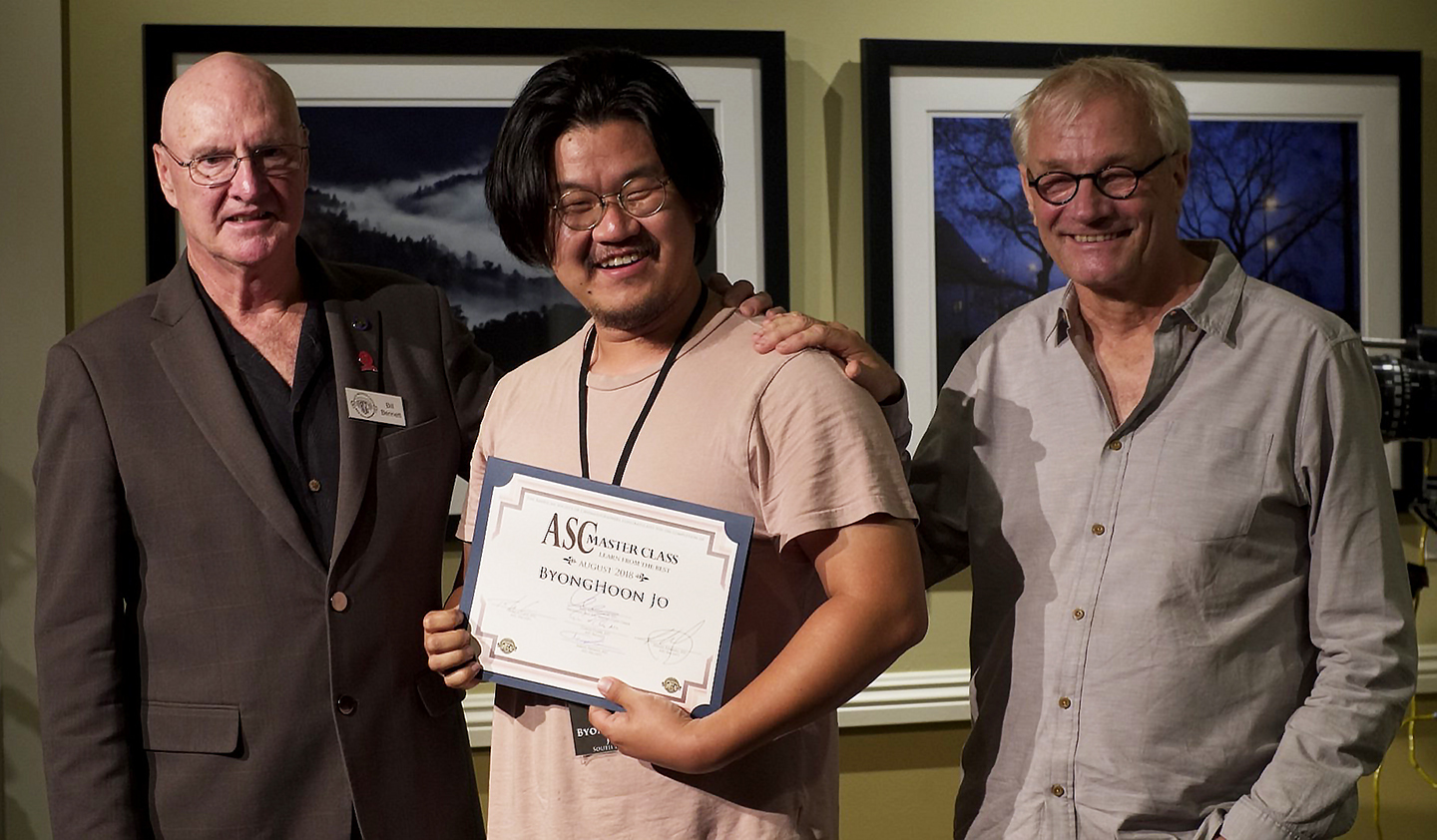
Jo’s takeaway from the Master Class was exactly what Clark intended. “You don’t need to be a technologist to be able to practice the art of cinematography with these technologies,” he said, “but it certainly helps to understand how they work and how they can help reinforce your creative intent and give you an expanded canvas with which to do that.”
ASC members who participated as Society ambassadors during this initiative included Andrzej Bartkowiak, David Darby, Richard Edlund, Gil Hubbs, Charlie Lieberman, Don McCuaig, George Mooradian, James Neihouse, Steven Shaw, Steven Silver and Glynn Speeckaert.
ASC associates who participated included Mark Bender, Michael Cioni, Judy Doherty, Frieder Hochheim, Bob Hoffman, Michael Keegan, Andy Maltz, Joshua Pines, Tim Smith, Stephan Ukas-Bradley and Joachim Zell.
Additional facilities that participated in the Technology Master Class program and hosted demo and instruction sessions included Canon, Dolby, EFilm, Light Iron, Mole-Richardson Company, Netflix, Panavision, Sim Digital and Technicolor.



